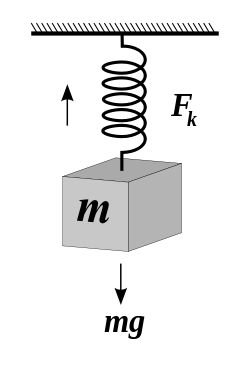Shock indicator
A shock indicator is a mechanical device that detects and records mechanical shocks experienced by it. It is a common practice to attach shock indicators to expensive goods that are to be shipped. This way, the magnitude and the time of shocks are recorded to ensure that delicate and expensive instruments are not mishandled or exposed to inappropriate environmental conditions during shipping. The shock indicator provides a visual indication whether the shock threshold has been reached or exceeded, e.g. in the form of a broken spring or a digital display.
The shock indicator was invented to ensure safe shipment of expensive goods and to hold the right people liable for damage. As with other inventions, it has undergone various stages of development. The earliest shock indicators were simple mechanical devices with a spring-load assembly. Newer ones come integrated with a complex set of electronic circuits that detect, measure and record shocks. Many companies make these indicators and conduct active research.
Spring-load assembly

Spring-load type shock indicators involve a simple extensible spring with a load attached to one end. Small shocks cause only temporary excursions of the load from its resting position following Hooke's law. A shock strong enough to stretch the spring beyond its elastic limit will lead to an irreversible deformation of the spring, thus providing a permanent indication that such a shock was experienced by the system. The critical acceleration at which the elastic limit is reached can be tuned by carefully choosing the material and shape of the spring, as well as the mass of the load.
Modern indicators
Modern indicators that rely heavily on their supporting electronics are much more complex than their mechanical counterparts. They can not only detect and measure the shock, but also record the entire spectrum of shocks experienced over a period of several months or even years. They sometimes involve piezo-based accelerometers with low consumption of electrical power.